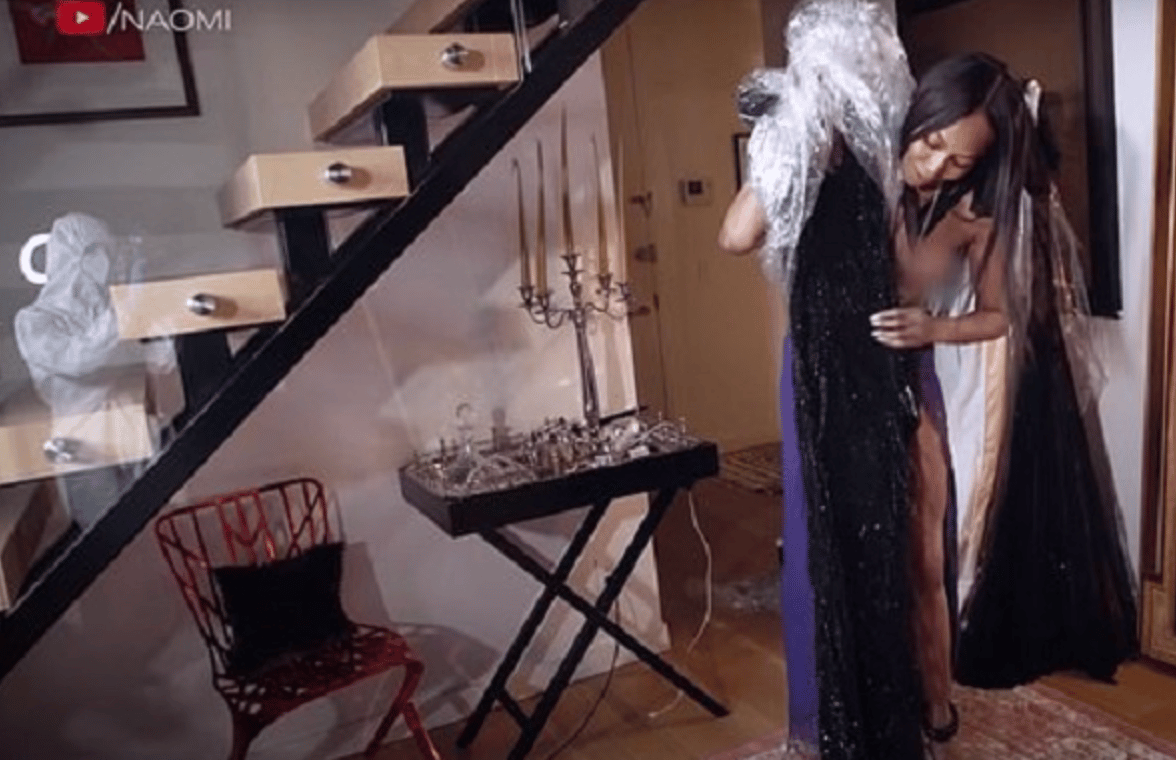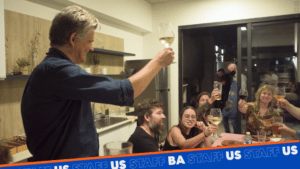Social distancing certainly makes producing video more challenging, but the need to communicate digitally in a compelling form hasn’t taken a break – in fact, our audiences are even more disposed to spending time in front of a screen than before the arrival of COVID-19.
Before choosing to shoot video, we should pause and make sure we are doing so in a way that protects both crew and on-camera subjects from possible infection. As of this writing, Congress is wrestling with how and whether to protect businesses from legal liability for COVID-19; if that is not resolved, it might be a consideration to take into account too.
There are a number of options for creating video content available to you:
Do-it-yourself
The cameras on our phones keep getting better and better. Today’s phone imaging would be the envy of a professional photographer twenty or even ten years ago. It is more than adequate for many uses, especially today when audiences prize authenticity and a personal touch.
If you do choose to take the do-it-yourself route, there are certain things you can do to help yourself. Holding the phone in your hand, selfie style, is probably fine for short informal clips, but for anything meatier it will hamstring you. The camera movement will be distracting and your range of movement in front of the camera will be hampered. One possible solution to help you create more professional-looking video is an inexpensive tripod like this. Another possibility is asking someone else to shoot the video, bracing themselves against a table or wall.
Good lighting will help image quality immensely. Some of the most beautiful light is non-direct window light (ask Vermeer!) so see if you can record facing or next to a window.
Also, sound is one of the biggest and most underrated differences between professional and amateur video. Do not use the microphone from your phone, or you will get an echoey mess. Professional sound recordists strive to get a good quality microphone as close to the mouth as possible. Apple’s Airpods will do the trick, and are wireless. There are also some clip-on lavalier mics that work with a phone, but you will need a connection.
Finally, be sensitive to the acoustic quality of the space you are in.
- Small areas tend to be more echoey.
- Squarish rooms with parallel surfaces tend to muddy sound; angular spaces are kinder to recording.
- Hard surfaces such as glass reflect sound more (which is bad,) while wood and cloth tend to absorb it (which is good).
- Be wary of possible noise hazards like traffic, alarms, etc.
If instead of doing it yourself, you choose to shoot a video with a professional crew, keep in mind that video production will never be risk-free. However, here are some ideas to reduce that risk.
Going Outdoors
Shooting in the outdoors is undoubtedly safer than shooting indoors. Why?
- There is more space outside to maintain social distancing.
- There are some indications that sunlight destroys the virus.
- In the outdoors the virus-carrying droplets people emit with their breath will dissipate faster than they would indoors.
A building roof or a park might be the perfect location to shoot a talking heads segment, for example. However, make sure to still take some basic precautions:
- All crew should wear masks, as should on-camera subjects when they are not on camera.
- Everyone should take care to keep six feet away from each other.
- Make sure you are following local ordinances. This includes the transportation and the procuring of equipment.
Indoors Shoots
A still frame from a Naomi Campbell video recently went semi-viral.

The hazmat suit looks like an exaggerated precaution, but mocking is not our intention. It’s a hazardous situation. Professional shoots ordinarily require a lot of people, moving a lot of equipment in a contained space, for many hours at a time. The risk of infection in this sort of scenario is high. Here’s how it can be ameliorated:
- Shoot with as small a crew as possible – one would be ideal.
- Equip crew and on-screen subjects (when off-screen) with masks and rubber gloves.
- Make hand sanitizer available
- Try to find a location with a restroom for hand-washing nearby
- Maintain 6 feet of spacing, whenever possible.
- Wipe down equipment periodically with alcohol wipes.
Stock footage
The truth is that nearly everything in the world (excuse the minor exaggeration) has already been shot and is waiting for you to rent it from a stock footage library like Shutterstock or Adobe. Yes, a lot of stock footage, like stock photos, can make you cringe. It can look staged or generic.
The trick is how you choose the footage, but even more important, how you weave it all together. With solid writing, a tasteful voice-over, good editorial, quality motion graphics, professional color work (often neglected,) and detailed sound design you can really lift stock footage into a higher plane, and people will only think “stock footage” if they stop and consider it… and they usually won’t.
Best of all, all these necessary, material-elevating tasks are achievable by remote professionals!
Animation
Of course, the other type of media that can be produced remotely is our studio’s specialty: animation. In mid-March we temporarily closed our production offices in Buenos Aires and asked the staff to work from their homes; our US personnel was already working remotely. For a while now, the entire company has worked from home, without missing a beat. Like I imagine many other companies, we’ll probably have to re-consider the value of an office once this crisis is over.
Of course, an approach like stop-motion will usually require a small crew, but nearly all 2d and 3d animation is computer-enabled and can be created anywhere – all that is needed is internet access for collaboration. The whole world of animation approaches that was available before COVID-19 is still available now – without putting anyone at risk.
Moreover, animation can be combined with many of the approaches above. For example, I could imagine some selfie footage being composited onto a CGI phone, and combining that with motion graphics to create something that has a personal, human touch, but also has professional flair.
The possibilities are endless, even in times of pandemic! Contact us to start a conversation.
Photo by Amanda Vick on Unsplash.



